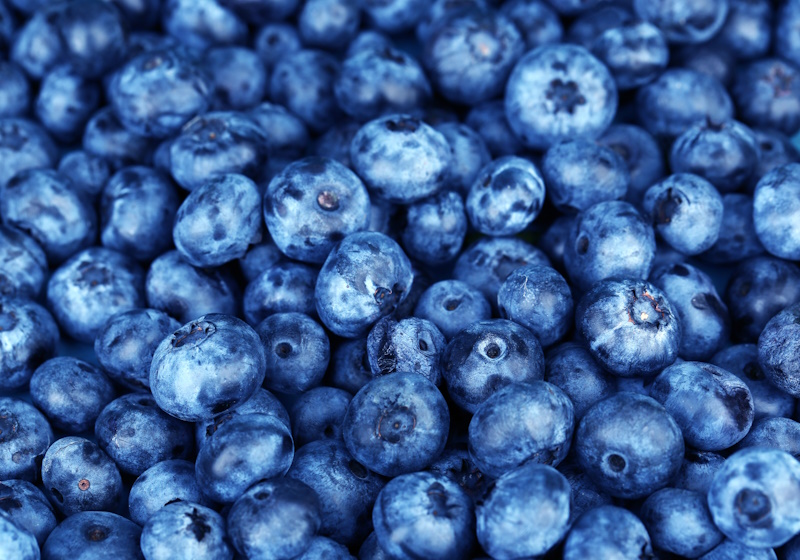
Category: DYES AND CHEMICALS
Country: United Kingdom
By Simon Glover
12th February 2024
BRISTOL: Researchers have recreated the waxy coatings on dark fruits, such as blueberries and blackberries, in the lab and say it could lead to more sustainable colourants for wide range of applications including textiles.
Scientists from the University of Bristol were intrigued by the fact that the fruits appear blue even though they do not contain blue pigments.
They studied fruits, including blueberries, plums and junipers, and found that a structural colour mechanism was responsible for their appearance.
The researchers managed to recreate this in the lab by recrystallising wax bloom, allowing it to self-assemble to produce the same blue appearance.
Their study, entitled 'Self-assembled, disordered structural color from fruit wax bloom', is published in the Science Advances peer-reviewed journal.
“The blue of blueberries can’t be ‘extracted’ by squishing — because it isn’t located in the pigmented juice that can be squeezed from the fruit,” said lead author Rox Middleton, a researcher at the University of Bristol.
Most plants are coated in a thin layer of wax which has multiple functions, many of which scientists still don’t understand. The research team now plan to look at easier ways of recreating and applying the coating to other surfaces.
This could lead to a more sustainable, biocompatible and even edible UV and blue-reflective coatings which could have the same multiple functions as the natural ones that protect plants.
The study says such "epicuticular waxes" could form part of a bioengineering toolbox as "sustainable and biocompatible, self-assembling, self-cleaning and self-repairing optical biomaterials".
“It shows that nature has evolved to use a really neat trick, an ultrathin layer for an important colourant,” Middleton added.
“It was really interesting to find that there was an unknown colouration mechanism right under our noses, on popular fruits that we grow and eat all the time.”
Courtesy: Ecotextile.com
Copyrights © 2025 GLOBAL TEXTILE SOURCE. All rights reserved.